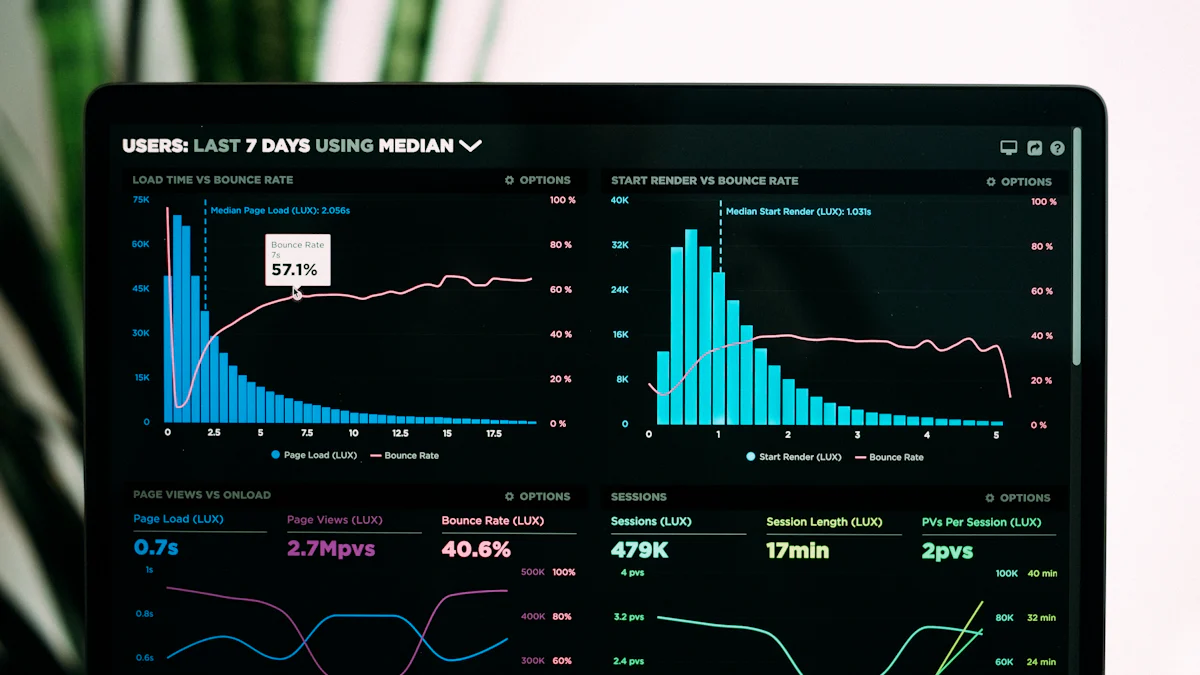
Machine learning models have revolutionized various industries, but their computational demands can be overwhelming. Quantization offers a solution by reducing the precision of model parameters (opens new window), optimizing memory footprint, and enhancing computational efficiency. Understanding the significance of quantization is crucial for achieving faster inference on diverse devices. This blog delves into the realm of dynamic quantization and static quantization, exploring their nuances and paving the way to overcome static obstacles.
# Overview of Quantization
When delving into the realm of quantization techniques, it is essential to grasp the distinctions between static quantization and dynamic quantization.
# Static Quantization
# Definition and Process
Static quantization involves converting the weights and biases of a model from floating-point precision to fixed-point integers during training. This process optimizes memory usage and accelerates inference speed by reducing the computational load. The key step in static quantization is estimating values in activation tensors to ensure efficient model deployment.
# Benefits and Drawbacks
Benefits: The simplicity and ease of implementation make static quantization an attractive option for enhancing model efficiency.
Drawbacks: However, static quantization may lead to reduced accuracy compared to dynamic quantization due to its fixed precision nature (opens new window).
# Dynamic Quantization
# Definition and Process
In contrast, dynamic quantization focuses on quantizing weights statically while performing on-the-fly activation quantization during model inference. This approach strikes a balance between performance optimization and maintaining model accuracy by adapting only during inference without altering the training process.
# Benefits and Drawbacks
Benefits: Dynamic quantization offers a flexible solution that improves computational efficiency without compromising model accuracy.
Drawbacks: Challenges arise from managing scales and zero points for all activation tensors, adding overhead during implementation.
# Comparison
# Performance
Dynamic quantization provides a middle ground (opens new window) between static precision reduction and full floating-point operations, optimizing both speed and resource utilization.
# Accuracy
While dynamic quantization sacrifices some precision compared to full floating-point operations, it outperforms static methods in maintaining higher accuracy levels.
# Dynamic Quantization
# Dynamic Quantization in Practice
Dynamic quantization in practice involves a strategic approach to optimizing model efficiency while maintaining accuracy. The implementation steps for dynamic quantization are crucial for seamless integration into the model deployment process. Firstly, quantized models need to be exported in the ONNX (opens new window) format to ensure compatibility with various frameworks and platforms. Secondly, it is essential to load the ONNX model and configure the quantization settings based on the desired precision levels. Finally, measuring the accuracy of the quantized model is imperative to validate its performance against the original model.
Challenges associated with dynamic quantization primarily revolve around managing scales and zero points for activation tensors. These values play a pivotal role in ensuring accurate quantization during inference. However, determining an optimum quantization interval can be complex, especially for models with varying activation ranges. Additionally, adapting to per-channel quantization poses challenges in maintaining consistency across different layers of the neural network.
# TDQ Module (opens new window)
The TDQ module serves as a cornerstone in dynamic quantization by providing a streamlined approach to on-the-fly activation quantization. Its role in dynamically adjusting activation precision during inference enhances computational efficiency without compromising model accuracy. By leveraging the provided dynamic quantization API, developers can seamlessly integrate the TDQ module into their existing workflows. The benefits of incorporating the TDQ module include improved inference speed and reduced memory footprint, making it an indispensable tool for deploying efficient machine learning models.
# Binary Ternary Quantization
Binary ternary quantization offers a unique perspective on enhancing dynamic quantization processes. Defined by its ability to represent weights using binary or ternary values, this approach optimizes memory usage and accelerates inference speed significantly. The application of binary ternary quantization in dynamic quantization scenarios provides a middle ground between full-precision floating-point operations and fixed-point integer representations.
# Implementing Dynamic Quantization
# Model Preparation
When preparing the model for dynamic quantization, training considerations play a vital role in ensuring optimal performance. Fine-tuning the model architecture and hyperparameters is essential to achieve the desired precision levels during quantization. This process involves adjusting the training pipeline to accommodate the dynamic nature of quantization parameters, enabling seamless integration with the inference phase.
Post-training adjustments further refine the quantized model's accuracy and efficiency. By fine-tuning specific layers or parameters post-training, developers can optimize the model's performance based on real-world data distributions encountered during inference. These adjustments enhance the adaptability of the model to varying input samples, resulting in improved accuracy without compromising computational efficiency.
# Quantization Aware Training
Quantization Aware Training (QAT) is a pivotal aspect of implementing dynamic quantization effectively. By incorporating QAT techniques during model training, developers can simulate the effects of quantization on weights and activations. This proactive approach enables models to learn robust representations that are resilient to precision reduction during inference. The benefits of QAT extend beyond improved accuracy to include enhanced generalization capabilities and increased robustness against quantization-induced errors.
# Temporal Dynamic Quantization
Incorporating Temporal Dynamic Quantization (TDQ) (opens new window) into the workflow enhances the adaptability and efficiency of dynamic quantization processes. TDQ dynamically adjusts activation precision based on temporal variations in data distributions encountered during inference. This adaptive mechanism ensures that the model maintains high accuracy levels across diverse input samples without sacrificing computational speed. The application of TDQ in scenarios with fluctuating data characteristics showcases its efficacy in optimizing model performance while preserving precision levels.
Quantization simplifies the representation of digital information at different levels, reducing memory access costs (opens new window) and increasing computing efficiency (opens new window). Dynamic quantization, with its adaptability during inference, strikes a balance between performance optimization and model accuracy. The future of quantization lies in exploring extreme quantization techniques to further enhance memory efficiency and computational speed. Embracing these advancements will be pivotal for optimizing AI and ML models on edge devices.



